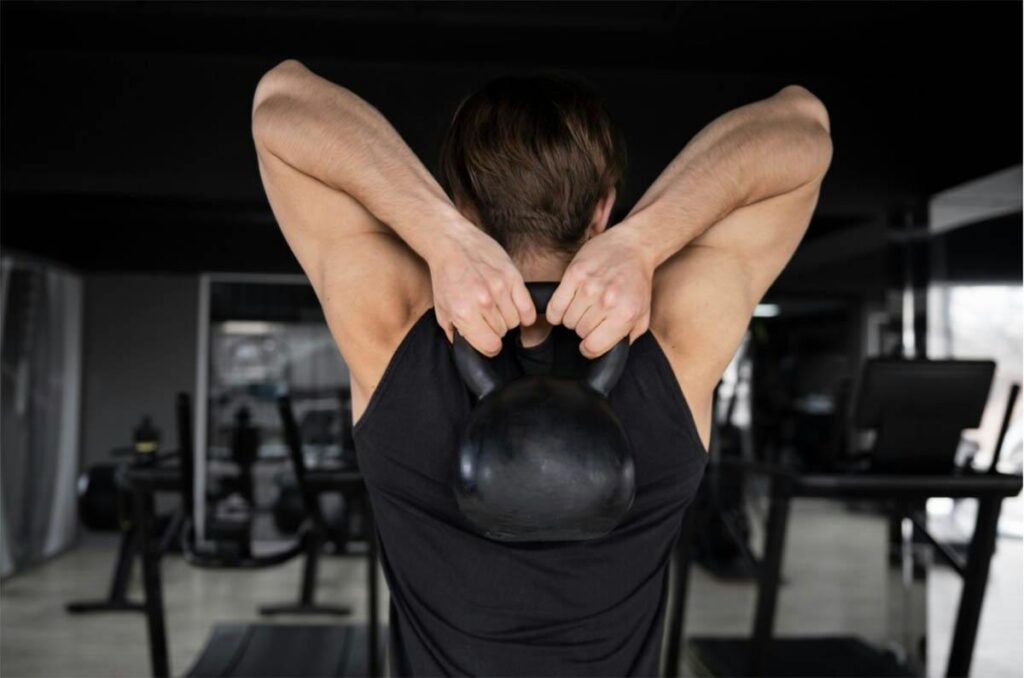Introduction
Hello, CrossFit enthusiasts and fitness warriors! Today, we’re tackling a common issue that many of you might face in your high-intensity, multifaceted training routines – Shoulder Impingement. Known for causing pain and limiting range of motion, this condition can be a significant obstacle in your CrossFit journey. As a physical therapist with a keen focus on sports injuries, I’m here to guide you through understanding, treating, and preventing shoulder impingement. Let’s embark on this journey to ensure your shoulders are as strong and healthy as your determination!
Understanding Shoulder Impingement
What is Shoulder Impingement?
Shoulder impingement syndrome occurs when the tendons of the rotator cuff muscles become irritated and inflamed as they pass through the subacromial space, the narrow space between the bones in the shoulder. This can lead to pain, weakness, and a reduced range of motion.
Why CrossFitters?
CrossFit involves varied and repetitive upper body movements like overhead lifts and pull-ups, which can increase the risk of shoulder impingement. Factors such as poor technique, muscle imbalances, and inadequate rest contribute to its development.
Early Intervention: Recognizing the Signs

Identifying Shoulder Impingement
Common signs include pain in the shoulder, especially when lifting the arm overhead, weakness in the shoulder, and difficulty performing routine activities such as putting on a jacket or reaching behind your back.
Self-Assessment Techniques
Check for pain when pressing on the top of the shoulder, weakness when lifting the arm, or pain with specific movements like reaching or throwing.
When to Seek Help
If you experience persistent shoulder pain, a noticeable decrease in strength, or limitation in your range of motion, it’s time to consult a physical therapist. Early treatment can prevent further damage.
Physical Therapy Approaches

- Pain Management
- Activity modification to avoid movements that exacerbate the pain.
- Applying ice to reduce inflammation and pain after workouts.
- Strengthening and Stabilization Exercises
- Exercises to strengthen the rotator cuff and scapular stabilizer muscles.
- Focus on exercises that promote balanced shoulder strength and stability.
- Flexibility and Mobility Work
- Stretching exercises for the shoulder, upper back, and chest to improve mobility.
- Incorporating mobility drills to maintain a full range of shoulder movement.
- Technique Modification and Training
- Working with a CrossFit coach or physical therapist to ensure proper form and technique, especially in overhead movements.
- Gradual progression in weights and intensity to avoid overloading the shoulder.
Preventative Strategies
Prevention includes regular shoulder strengthening and stretching exercises, adequate rest between intense workouts, and being mindful of proper form and technique during all exercises. Cross-training with lower-impact exercises can also reduce stress on the shoulders.
Case Studies and Success Stories
Hear from CrossFitters who have successfully navigated their way through shoulder impingement with the help of structured physical therapy. Their stories underscore the importance of proactive care and adherence to a rehabilitation program.
Conclusion
Shoulder impingement doesn’t have to derail your CrossFit goals. With a comprehensive understanding, timely intervention, targeted physical therapy exercises, and a focus on prevention, you can keep your shoulders strong and healthy. Remember, every rep counts, but so does every recovery step!
We’re Here To Help
Dealing with shoulder pain? Don’t let it hold you back from your CrossFit aspirations. Consult with a physical therapist specializing in sports injuries today, and embark on your path to recovery. Your fitness journey awaits!
Disclaimer: This blog post is for informational purposes only and does not constitute professional medical advice. Always consult with a healthcare provider for personalized care and treatment options.

